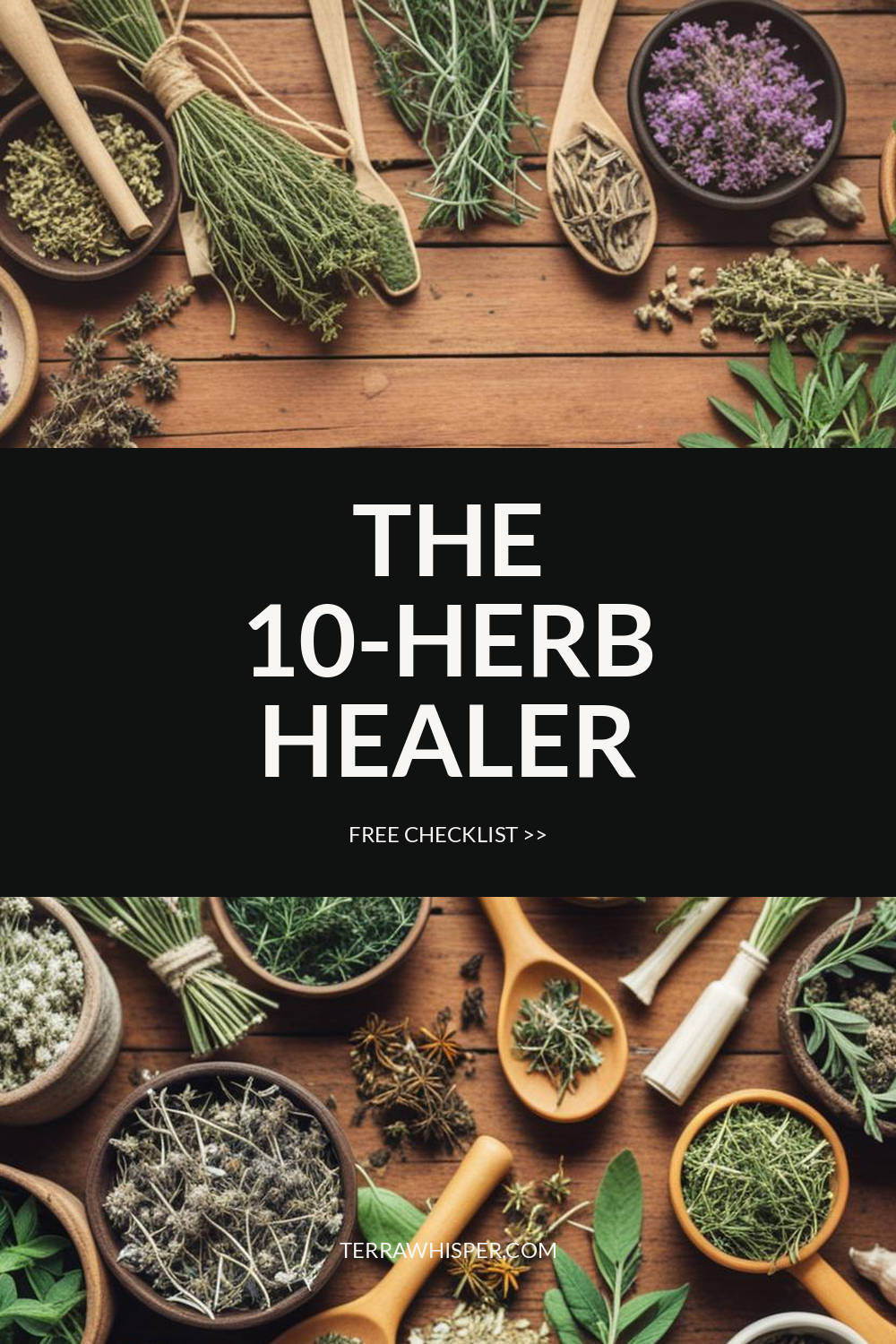English Lavender (Lavandula Angustifolia)
Information Reliability Score: 2/10
This score reflects the overall reliability of the information presented in this article. It is based on the quality of scientific evidence, accuracy of sources, and the transparency of references related to Lavandula angustifolia.
English Lavender, scientifically known as Lavandula angustifolia, is a medicinal herb widely revered for its therapeutic properties and adaptogenic qualities. It is valued for its calming effects, ability to reduce anxiety, and its role in promoting restful sleep, making it a popular choice in aromatherapy and natural medicine. Historically, it has been used in traditional herbal medicine across cultures for centuries, with ancient Romans and Egyptians utilizing it for its soothing and antiseptic properties. In modern wellness practices, English Lavender is incorporated into essential oils, teas, and topical treatments to alleviate stress, improve mood, and support skin health. One of its unique features is its distinctive floral aroma, which contains the rare active compound linalyl acetate, contributing to its calming and sedative effects.
FREE CHECKLIST
The Only 10 Herbs You Need to Heal 90% of Common Ailments.

